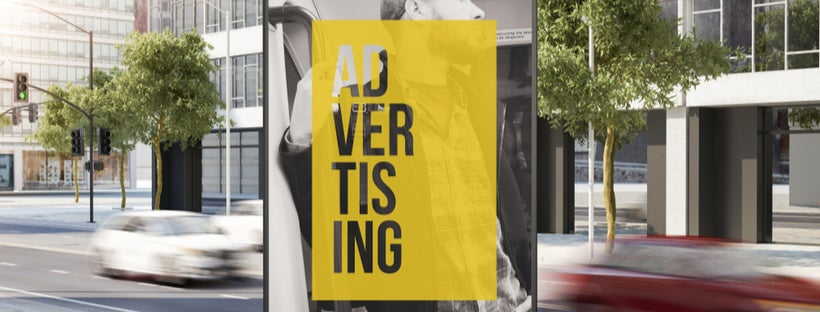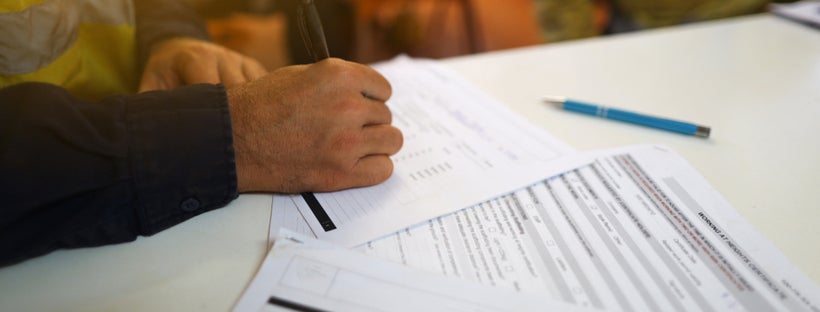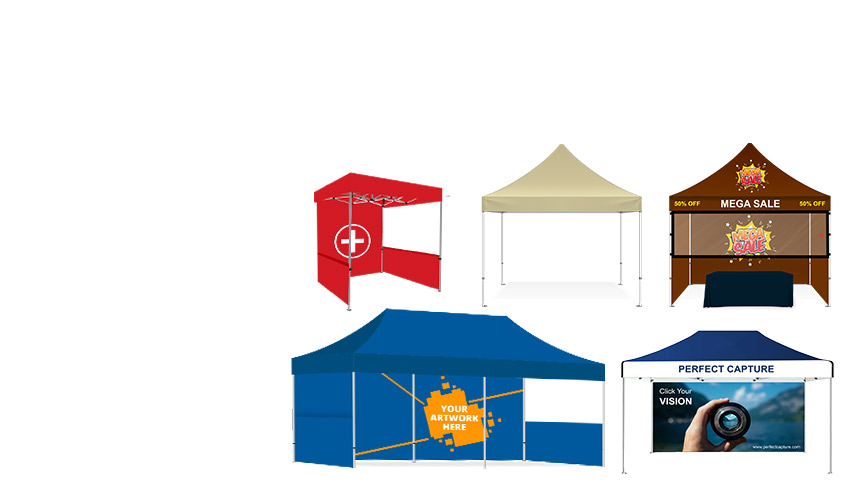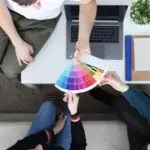Signs and decals, backdrops, custom vinyl banners, and other types of display marketing are an essential part of making your business visible to your customers. However, if you are in New York City, there are a detailed set of local rules and regulations that you need to be familiar with and follow at all times.
Read on to learn information about NYC sign and banner permits, zoning regulations, and more.
NY Zones and Advertising Rules

Although New York is segregated into multiple neighborhoods, there is an NYC zoning resolution in the city, which is an essential piece of regulation. The rules for placing signs and decals, banners, and other display marketing material vary based on which zone they fall in.
As per the NYC rules and regulations, there are three distinct zones:
- Residential districts – Accounting for 75% of the city’s land area, certain facilities are not permitted or are restricted in size in these zones, and the same applies to signage.
- Commercial districts – Compared to residential districts, signage rules here are more relaxed. However, as per the regulations, all developments and owners need to maintain street wall continuity.
- Manufacturing districts – Applicable to suppliers, warehouses, and distribution centers, signage rules are the most relaxed here. However, while developing billboard zoning, keeping open space and buffer areas in mind is important.
Overall, the permit rules for NYC are inconsistent regarding outdoor custom vinyl banners, signs, and other display marketing material depending on where they are used. However, it is important to keep in mind that if your business is located in a special-purpose district, there may be a different set of laws regulating advertising signs.
Types and Definitions of Signs
As per the NYC zoning law, a sign is any letter, character, mark, design, figure, stripe, line, picture, stroke, reading matter, trademark, poster, or illuminated service that is installed to attract the public to any place, person, firm, subject, corporation, article, machine, or merchandise.
Any type of attention-grabbing object here can be classified as outdoor advertising in New York.
Advertising vs. Accessory Signs

The biggest difference between outdoor signs and decals in different states depends on whether a sign is considered an accessory or advertising to the property. The details of these are below:
- An accessory sign is one that directs the visitor’s attention to goods or services where the sign is located. These types of signs are sometimes also referred to as on-premise or business signs in NYC.
- An advertising sign, on the contrary, is one that attracts visitors’ attention to a business that is located somewhere else from the sign itself. It is also important to note that such outdoor advertising signs aren’t allowed in certain zoning districts.
Therefore, signage must follow various rules depending on whether the property and the business are in the same location. There are various criteria that regulators need to follow to assign signage to one of the above two categories.
Zoning Resolutions for Signage
Illuminated signs in NYC are only permitted in specifically designated residential districts, mainly for healthcare-related facilities, such as medical care centers and hospitals. Apart from this, they also need to fulfill the below criteria:
- Signs must be limited to either 25 square feet or 15% of total street frontage (whichever is smaller)
- All residential buildings in NYC are allowed only a 1 square foot nameplate per unit for occupant identification.
- Commercial/other non-residential buildings are allowed to have one 12-square-foot sign to identify both the name of management and the address.
- Illuminated signs in NYC must also follow all other regulations for signage in a residential area, including that it should not be more than 12 inches in height on the street and cannot rise above 20 feet above the curb or the ceiling of a ground floor (whichever is smaller)
Illumination Criteria for Signs

NYC rules classify signs based on illumination as illuminated, non-illuminated, illuminated flashing, and indirectly illuminated.
Irrespective of the illumination, all the signs mentioned above should have the following:
- Construction permit (needs to be submitted in DOB)
- Electrical permit (filed by a licensed electrician)
- A licensed sign hanger to install the sign
It is also important to note that signs that fall into illuminated categories need to have an illuminated sign permit in NYC that must be renewed annually. And in case of any changes to the wordings, the permit needs to be reissued.





























 Posted in
Posted in 







